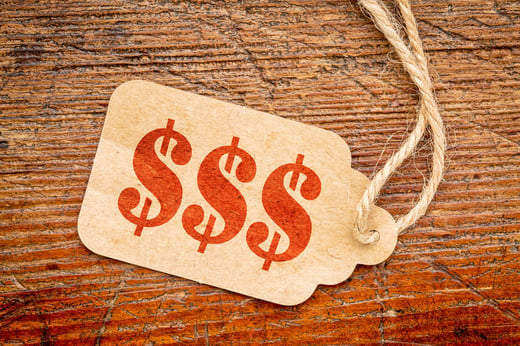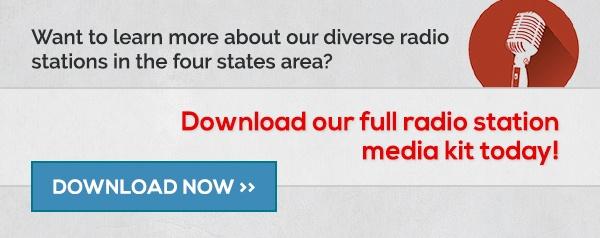 You know that your customers listen to local radio. You know that you want to advertise on radio to keep your business top of mind so when customers need your product or service, they think of your business first. But there’s just one question: How much should I be paying for radio advertising?
You know that your customers listen to local radio. You know that you want to advertise on radio to keep your business top of mind so when customers need your product or service, they think of your business first. But there’s just one question: How much should I be paying for radio advertising?
The answer varies from market to market, and station to station, but the main thing that small businesses need to know when taking radio ad pricing into consideration is that planning is critical. If you wake up one day and decide you want to run some radio ads in the upcoming week, chances are on-air inventory could be tight and you’ll end up paying a pretty penny.
How radio ad pricing works is like many other industries’ pricing - it’s all about supply and demand. Here’s a closer look at how radio ad pricing works, and how you can get the most bang for your buck.
How Does Radio Ad Pricing Work?
Every radio marketing and advertising group has their own formula, so pricing is bound to vary depending on where you’re situated, what station you choose to advertise on, etc. Many media companies, Zimmer included, base their pricing on supply and demand. The way businesses should cope with this is by applying the Airline Theory.
Just think about when you’re buying airline tickets. You want to purchase your seats early, when there are more seats available, as opposed to buying the day before the flight when there’s only one seat left. The key to understanding radio ad pricing is that the earlier you plan and buy airtime, the more money you can save. Optimally, you’ll want to plan things out for the entire year which will lead to even more savings.
Why are Some Radio Stations More Expensive than Others?
What you pay to advertise on various stations depends on a few different variables. Here are the most common ones you’ll run across:
- Quality. When it comes to radio stations, most of the time you get what you pay for. Cheapest isn’t always the best option, and the higher quality the programming, the greater the cost.
- Reach. Depending on the geographic (and demographic) reach of the radio station, some will charge more than others. When it comes to Joplin Radio Advertising, for instance, country radio has the largest reach. Therefore, it might be more expensive to advertise on those stations.
- Support. Buying radio ads isn’t just all about airtime. You need to consider the ancillary services that a station or agency provides, like audio production, live event promotion, and multi-channel marketing integration.
- Design. In today’s mobile and digital environment, no advertising medium exists in a bubble, radio included. People will go to your website on their mobile, PC or tablet after they hear your commercial, so you want to consider what web and digital design services are offered by your radio station when buying radio ads.
- Heritage. Some stations, like KIX 102.5 in Joplin, have been around forever and aren’t going anywhere. These “Heritage” stations have become a part of the fabric of the community, and people lend a lot of credence to the ads they hear on them. Correspondingly, the price of advertising on these kinds of stations is higher compared to others.
Radio ad pricing can be somewhat complex and vary across formats, stations, and markets. The key for businesses is to know what audience they’re targeting, what stations they listen to, and (most importantly) plan well in advance to get you the most out of your radio ad spend.

